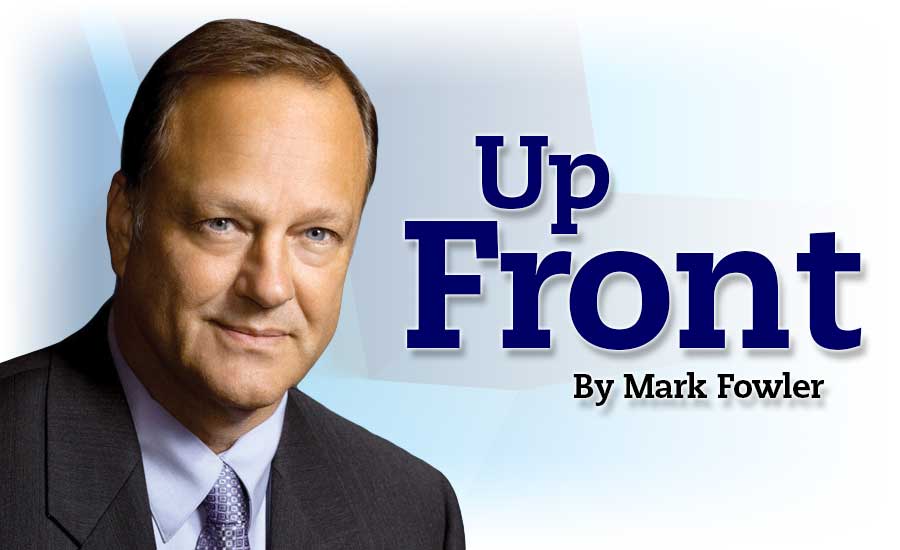Is Adaptability a Concern?
Changes To All Facets Of Careers Is What Moves The World Forward.

As we enter another phase of this pandemic, it seems confusion is escalating. While it is understandable that densely populated areas would require greater social distancing and face masks, there seems no real consistency to the guidelines or restrictions. For that matter, they seem to change day by day. The world wants to return to normal—we want social gatherings, to dine out, a return to the movies to name a few. Companies need to get back to work and make a profit. We also want our sports and shopping back.
In reality though, it seems certain they are not coming back until we have a proven vaccine. This year looks to be simply on survival. Will your company survive? I am not referring to making profits and inventing new products to grab marketshare—I am talking about making ends meet.
A New World View
This crisis will likely shift the world’s perspective. Could it be that it may even be for the better? The last several decades have been about the stock market. This has been our measure of how our economy is doing. This is the first time it seems to be more than just confusing but downright off the mark. We always heard the stock market does not like uncertainty; what could be more uncertain than now? Yet the market in June and entering July is doing OK. I listen to the market experts and they try to explain what is going on.
This crisis is not a housing bubble, terrorist related or a mortgage crisis. It is a health pandemic. This is different and it is making people think and could possibly shift what we believe in. This is evident around the world and the first place to note a significant change is this magazine you are reading.
BNP Media made the decision to stop the print magazines and focus on its digital magazines. I was at first sad to see the print issue go. But the more I thought about it and saw the times changing, Walls & Ceilings is on the cutting edge of this new frontier. Yes, it will be a transitional change but it is the future. This was the perfect time to make this move.
The crisis exposed some vulnerabilities. Our food supply chain may be the best example. We watched as farmers dumped milk into the drains, ranchers tossed eggs and unused produce rotted. How could this happen? Certainly the restaurants shutting down had an impact but people still need to eat. So what happened and why?
A Shifting Market Place
It appears the production and distribution of the food chain was a precise machine that ran like a precision clock. It was efficient and almost robotic in nature. COVID-19 shifted that structurally organized empire of producers and suppliers overnight. The system was unable to adjust or even adapt to keep functioning as needed. In other words, it was great but was heavily reliant on systematic and predictable methods relying on a precise structural framework. It is great when it works and worse than not so great when it fails. Construction is not that much different.
This adaptation to change on the construction site is what made traditional construction sites work. Smart journey workers that could think on their feet. They would see an issue, talk to the related trades and solve the issue quickly, efficiently and make the needed adaptations with minimal fuss or muss. That world is changing fast. The development of computers, software and 3-D modeling have made this world of constructing buildings easier and more precise. While we may lose some design flexibility through panelization and modulization of buildings, the bigger concern should be could we be the next dairy farmers someday?
The world is built on construction workers that know how to fit Part A with Part B. While they may be efficient, not knowing the “why” and “how” could result in a shut down. This is similar to the food supply chain when they had no ability to adapt to the changes in an unforeseen circumstance. The true journey worker who knows their craft and understands the “why” and “how” is better equipped to adaptation.
Looking for a reprint of this article?
From high-res PDFs to custom plaques, order your copy today!



